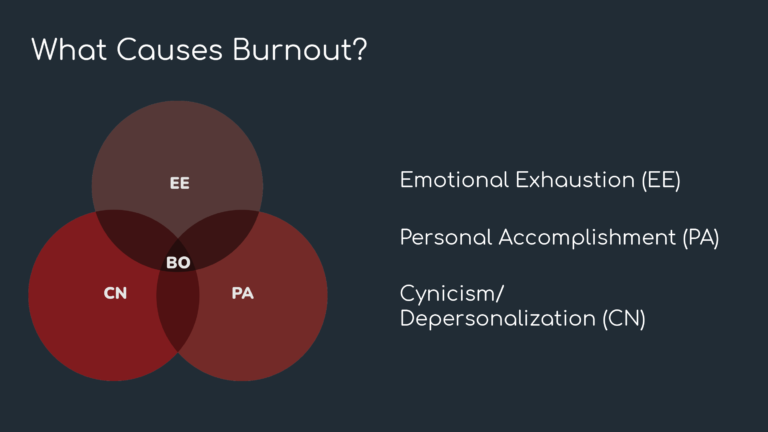When people feel overloaded, they are vulnerable to cognitive distortions in how they view their leaders, organization, themselves, and loved ones.
Some frown on the phrase “Work-Life Balance,” but it is hard to argue that it clearly shows that the organization is trying and cares about you personally as well as professionally. As a leader, addressing work-life balance in alignment with your organization’s mission and values can yield profound results.
Steps to Implement an Easy Work-Life Balance Program
1. Assess burnout levels.
There are many academic quality assessments that are quite inexpensive. Primarily, they address three main burnout predictors. Once you have this data, you can create content/solutions that name the issues they are facing.

2. Interview employees to get quotes defining balance and what helps.
